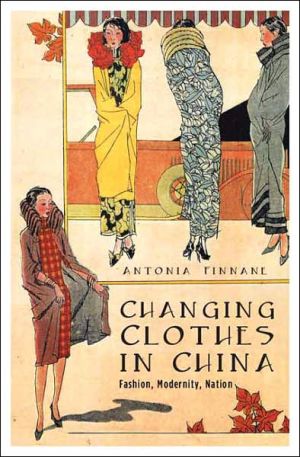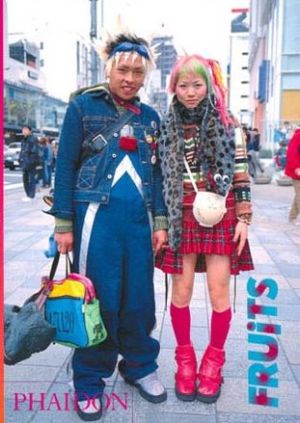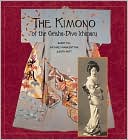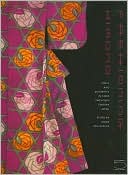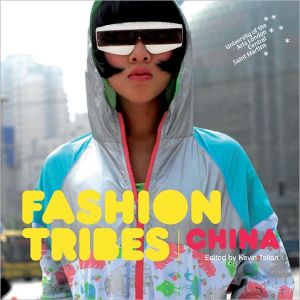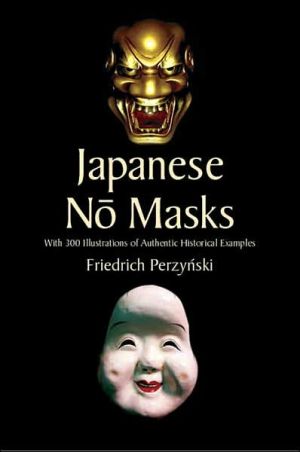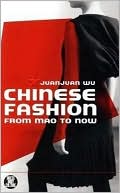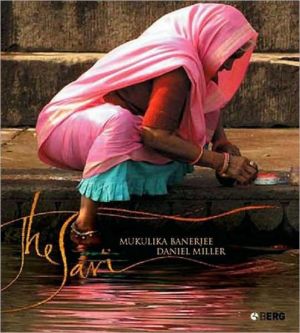Changing Clothes in China: Fashion, History, Nation
Based largely on nineteenth and twentieth-century representations of Chinese dress as traditional and unchanging, historians have long regarded fashion as something peculiarly Western. But in this surprising, sumptuously illustrated book, Antonia Finnane proves that vibrant fashions were a vital part of Chinese life in the late imperial era, when well-to-do men and women showed a keen awareness of what was up-to-date.\ Though foreigners who traveled to China in the early decades of the...
Search in google:
Based largely on nineteenth and twentieth-century representations of Chinese dress as traditional and unchanging, historians have long regarded fashion as something peculiarly Western. But in this surprising, sumptuously illustrated book, Antonia Finnane proves that vibrant fashions were a vital part of Chinese life in the late imperial era, when well-to-do men and women showed a keen awareness of what was up-to-date. Though foreigners who traveled to China in the early decades of the twentieth century came away with the impression that Chinese dress was simple and monotone, the key features of modern fashion were beginning to emerge, especially in Shanghai. Men in blue gowns donned felt caps and leather shoes, girls began to wear fitted jackets and narrow pants, and homespun garments gave way to machine-woven cloth, often made in foreign lands. These innovations marked the start of a far-reaching vestimentary revolution that would transform the clothing culture in urban and much of rural China over the next half century.Through Finnane's meticulous research, we are able to see how the close-fitting jacket and high collar of the 1911 Revolutionary period, the skirt and jacket-blouse of the May Fourth era, and the military style popular in the Cultural Revolution led to the variegated, globalized wardrobe of today. She brilliantly connects China's modernization and global visibility with changes in dress, offering a vivid portrait of the complex, subtle, and sometimes contradictory ways the people of China have worn their nation on their backs.
Acknowledgements ixList of Illustrations xiIntroduction: Fashion, History, Nation 1Fashion, history and early modernity 6Fashion and national politics 15Ways of Seeing 19Early modern commentaries 20Qing Costume 25Footbinding and the status of Chinese civilisation 29Cultural relativism and vestimentary practices 31Gender differentiation in cultural relativism 35Conclusion 40Fashions in Late Imperial China 43Signs and symptoms of Ming fashions 44Changing styles of women's dress 48Qing fashions: the example of Yangzhou 52Fashion, the times, and the world 56Fashions in the 1840s 62Fashion, fiction and modernity 64Soldiers and Citizens 69New uniforms for a new army 70The militarisation of civilian dress 75Campaigning against the queue 77The fashionable effects of natural feet and education 82The permeability of gender boundaries 87Towards "xinbai" fashion 92Citizens of the Republic 97The Fashion Industry in Shanghai 101A textile industry for Shanghai 106Tailoring and technology 110Sewing machines 116Knitting and knitting machines 120Advertising 123Pictorials and fashion designers 127The shopping Mecca 133Qipao China 139The rise of the qipao 141Beijing fashions circa 1925 145The fashionable qipao 149Beijing style, Shanghai style 152The problem of the bob 157Bound breasts and brassieres 161Modern girls and vestimentary sanctions 167Her Brother's Clothes 177Suits and gowns in the Republican era 181Gender, dress and nation 188The drift towards trousers 198The New Look in the New China 201Fashioning Chinese socialism 206National culture in Yu Feng's fashion theory 211Chinese fashions and world time 215The scope and limitations of the dress reform campaign 219Dressed to Kill in the Cultural Revolution 227Dressing in the spirit of Mao Zedong Thought 229The Cultural Revolution and military fashions 231Up to the mountains, down to the villages 240The seventies 244The Jiang Qing dress 247Breaking with the Past 257Reform-era fashions 257What women should wear 267Selling clothes [not equal] designing fashion 277International relations and some vestimentary events 283Cultural flows, globalisation, and regional belonging 287Conclusion: Fashion, History, Time 291China and the world: a vestimentary history 294Fashion and time 301List of Chinese Characters 303Technical Notes 311Bibliography 313Index 343
\ Los Angeles Times - Susan Salter Reynolds\ It is clear from these pages how frequently the world of fashion has turned to China for inspiration.\ \ \ \ \ \ The Journal of Asian Studies - Robert Culp\ Finnane has produced an impressive history of modern Chinese fashion and much more. It will be a vital cores text for students of Chinese cultural history for decades to come.\ \ \ \ Business History ReviewChanging Clothes in China is beautifully produced, offering readers a splendid visual presentation of its rich content.\ \ \ \ \ \ Los Angeles TimesIt is clear from these pages how frequently the world of fashion has turned to China for inspiration.\ — Susan Salter Reynolds\ \ \ \ \ \ The China Beat[A] beautifully illustrated book... with delightful analysis of how gender, class,and nationalism have influenced Chinese fashions through the ages.\ \ \ \ \ \ The Journal of Asian StudiesFinnane has produced an impressive history of modern Chinese fashion and much more. It will be a vital cores text for students of Chinese cultural history for decades to come.\ — Robert Culp\ \ \ \ \ \ Business History ReviewChanging Clothes in China is beautifully produced, offering readers a splendid visual presentation of its rich content.\ — Elisabeth Koll, Harvard Business School\ \ \
